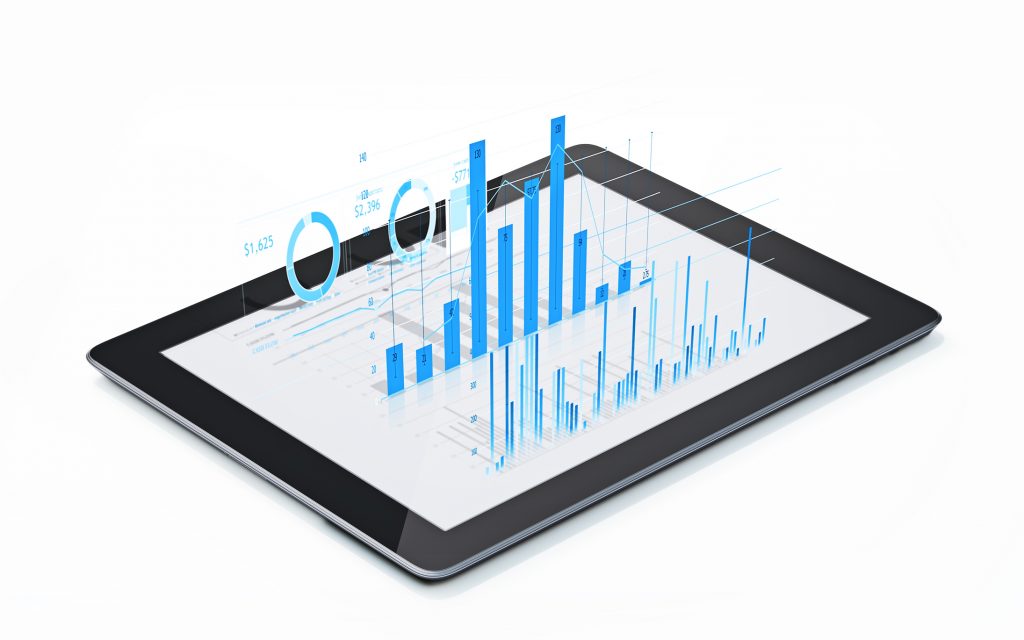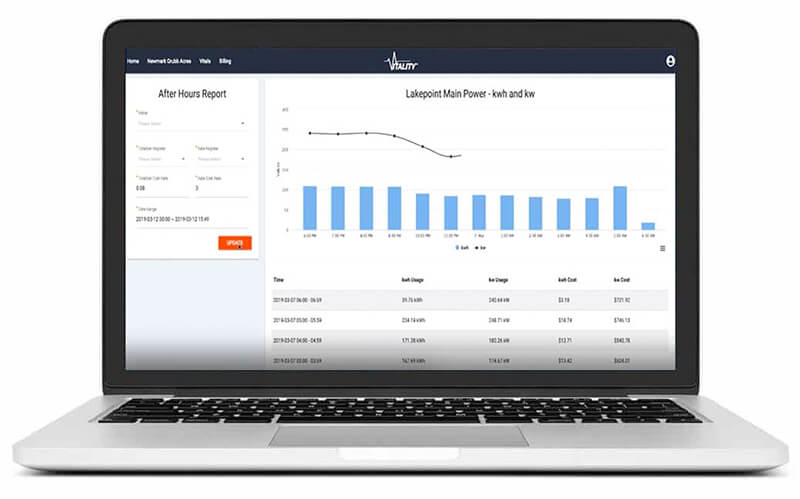Understanding Your Electricity Bill

Electricity bills can be confusing and overwhelming, but with a little bit of knowledge, you can take control of your energy bills and save money. This blog will break down the different components of your electricity bill and give you tips on how to read it and reduce your expenses. In turn, helping you with understanding your electricity bill.
The components of understanding your electricity bill
Your electricity bill consists of various charges, such as supply, usage, and demand charges. Supply charges are fixed and cover the cost of delivering electricity to your home. Usage charges are based on the amount of electricity you use, measured in kilowatt-hours (kWh). Demand charges are based on the highest amount of power you use during peak periods.
Fixed Charges
This charge covers the cost of delivering electricity to your home and maintaining the power grid.
Usage Charges
This charge is based on the amount of electricity you use each billing cycle and is measured in kilowatt-hours.
Demand Charges
These charges are based on the highest amount of power you use during the peak period.
How to read and understand your electricity bill
Your electricity bill may seem confusing and overwhelming, but it’s actually quite simple to read. The key is to understand the different charges and how they relate to your energy consumption. Look for the usage, demand, and supply charges to break down your bill.
Date | Usage charges | Demand charges | Supply charges |
1/1/2021 – 1/31/2021 | $60.00 | $15.00 | $30.00 |
2/1/2021 – 2/28/2021 | $70.00 | $20.00 | $30.00 |
Electricity billing cycle
Understanding your electricity billing cycle is key to keeping costs low. Most residential bills are monthly, although some may be quarterly or bi-monthly. Billing cycles can also vary within utilities, so check with your provider to understand how they are calculating the charges.
Electricity meter readings show how much power you’re using. Typically the utility representative arrives at your home to read the meter, but some providers allow you to submit the reading yourself.
Make sure to pay your bills on time. Late payments could result in additional fees or the suspension of your service.
Tips for reducing your bill
There are many ways to save on your energy bill, including using energy-efficient products, monitoring usage and peak periods, and adjusting the temperature settings in your home. Making small changes can quickly add up to cost savings on your bill.
- Install solar panels to produce your electricity
- Use power strips to eliminate energy vampires
- Adjust your thermostat by a few degrees
- Unplug electronics when they’re not in use
Resources for further assistance
If you need further help understanding your electricity bill or reducing your energy costs, many resources are available. Check with your utility provider to see if they offer programs to help reduce energy costs, or contact energy experts for guidance.
Online Energy Calculators
Use online energy calculators to help you understand your electricity usage and estimate your monthly bill.
Energy Audits
Many utility providers offer energy audits to identify energy efficiency improvements.
Solar energy companies
Check with solar energy companies to see if they offer programs or financing to install solar panels on your home.





